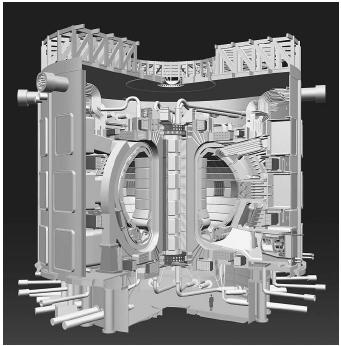Sustainable Energy Use
Most people agree that sustainable energy is energy that is derived from a fuel that is renewable or will never run out and that results in minimal environmental impact. Consequently, the fossil fuels coal, oil, and natural gas clearly do not provide sustainable energy. Once used, those fuels are not replenished, and while they are burned they contribute to various forms of air pollution.
An example of a renewable energy source is one derived from plant materials, such as wood or grain. Plants can be regrown to replace those used for energy. However, plants are sustainable energy sources only if they can be replaced as quickly as they are used. In many areas of the world, trees are being cut for lumber or fuel at a much faster pace than they can be regrown. Such practices are not sustainable.
Plant materials, called biomass , are renewable and sustainable in the following examples:
- Anaerobic bacteria convert waste plant materials or animal manure to methane gas, and the methane gas (also present in natural gas) is burned either for heat or to make electricity (water is boiled and the steam turns a turbine).
- Grain, such as corn, is converted to ethanol through a sugar fermentation process. Ethanol is then mixed with gasoline, a fossil fuel, before being burned in an automobile.
The sun and wind are major sustainable energy sources that do not directly use a "fuel." Solar energy is used for direct heating of homes and water, or it is converted directly to electricity using photovoltaic cells. Several large demonstration plants using various techniques to concentrate the solar energy have been built to convert solar energy into electric energy.


The conversion of wind energy to electricity, using wind turbines, is now cost competitive with fossil-fuel sources of energy such as natural gas. Wind-turbine farms have been built in Europe and the United States. The land around them is still available for agricultural use. However, people have begun to resist the placement of wind farms in certain locations, citing noise, bird kills, and unsightly visual effects.
A future renewable energy source is hydrogen gas, which can be burned like natural gas or used in a fuel cell along with oxygen to make electricity, with only water as the final waste product. Hydrogen could replace natural gas if an economical method is found to extract it from water. The best future method is to use solar energy directly to "split" water to make hydrogen, and is a current area of research. An intermediate method, but still not used as of 2003, is to use photovoltaic cells to make electricity, which is used to electrolyze water to produce hydrogen. An unsustainable and energy-inefficient method is to use coal to make the electricity to electrolyze the water. As of 2003, fossil fuels, such as natural gas, are used to make hydrogen, which also is clearly unsustainable.
Some people have suggested fusion as a future energy source, based upon abundant supplies of deutrium in water and tritium from lithium and water. Technical problems have so far prevented this from occurring.
SEE ALSO Air Pollution ; Fossil Fuels .
Charles E. Ophardt
Internet Resources
National Renewable Energy Laboratory. Available from http://www.nrel.gov/ .
Renewable Energy Policy Project, CREST—Center for Renewable Energy and Sustainable Technology. Available from http://www.crest.org/ .
Comment about this article, ask questions, or add new information about this topic: